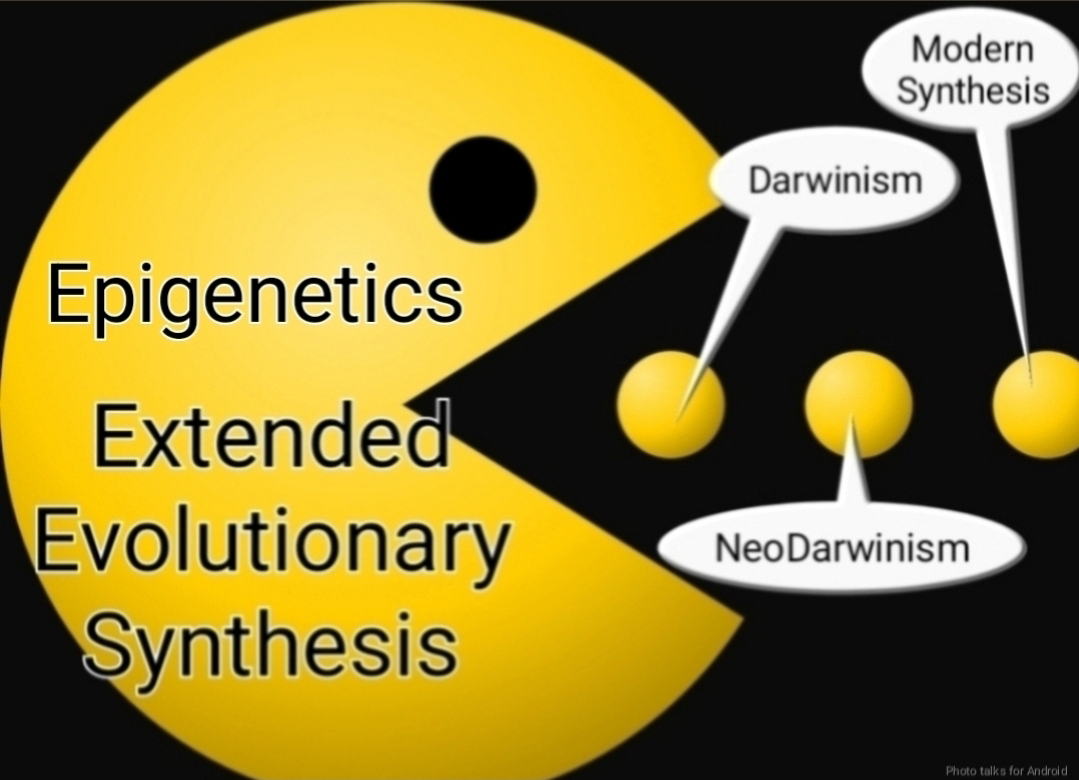Ultraconserved Elements: A Challenge to Neo-Darwinism, Explained by the Extended Evolutionary Synthesis
Ultraconserved elements (UCEs) are stretches of DNA that are nearly identical across a wide range of species, exhibiting extraordinary conservation across vast evolutionary distances. These sequences, often hundreds of base pairs long, remain unchanged for millions of years, defying the expected accumulation of mutations over time. The existence of UCEs poses a significant challenge to traditional neo-Darwinian evolutionary theory, prompting the need for alternative explanations. The Extended Evolutionary Synthesis (EES), a framework that builds upon and expands neo-Darwinism, offers a more comprehensive understanding of these enigmatic genomic features.
Neo-Darwinism's Limitations in Explaining UCEs
Neo-Darwinism, the prevailing evolutionary paradigm for much of the 20th century, emphasizes the gradual accumulation of random mutations and natural selection as the primary drivers of evolutionary change. While this framework has been remarkably successful in explaining many aspects of life's diversity, it struggles to account for the extreme conservation of UCEs.
The Neutral Theory Conundrum: The neutral theory of molecular evolution suggests that most mutations are neutral, having no impact on an organism's fitness. While this theory can explain some degree of conservation, the extreme conservation of UCEs suggests a level of functional constraint that is difficult to reconcile with neutrality.
Selection's Paradox: If UCEs are functionally important, as their conservation implies, then strong purifying selection should be acting to eliminate any mutations that arise. However, the sheer number and length of UCEs suggest a level of selective pressure that seems implausible under neo-Darwinism.
The Extended Evolutionary Synthesis: A Broader Perspective
The EES offers a more nuanced view of evolution, incorporating additional mechanisms beyond random mutation and natural selection. These mechanisms provide a richer framework for understanding the persistence of UCEs.
Developmental Bias: The EES recognizes that development plays an active role in shaping evolutionary trajectories. Developmental processes can constrain the types of mutations that are likely to occur and influence how these mutations manifest in the phenotype. This concept, known as developmental bias, can explain the conservation of UCEs by suggesting that mutations in these regions are likely to disrupt crucial developmental pathways, resulting in strongly deleterious effects.
Niche Construction: Organisms actively modify their environments, creating feedback loops that can influence their own evolution and that of other species. This process, known as niche construction, can lead to the stabilization of selective pressures over long periods, potentially contributing to the conservation of UCEs.
Epigenetics: Epigenetic modifications, such as DNA methylation and histone modifications, can alter gene expression without changing the underlying DNA sequence. These modifications can be heritable across generations, providing an additional layer of inheritance beyond the genetic code. Epigenetic mechanisms may contribute to the conservation of UCEs by ensuring their proper regulation and expression across different developmental stages and environmental conditions.
Specific Examples of EES Explanations for UCEs
UCEs and Gene Regulation: Many UCEs are located in non-coding regions of the genome, suggesting they may play a role in gene regulation. The EES suggests that these UCEs may act as "developmental switches," controlling the precise timing and expression of crucial genes during development. Disruptions to these switches could have cascading effects on development, leading to their strong conservation.
UCEs and Chromatin Structure: Some UCEs may contribute to the three-dimensional organization of chromatin, the complex of DNA and proteins that make up chromosomes. This organization is essential for proper gene regulation and genome stability. The EES suggests that UCEs may act as "anchors" for chromatin structure, ensuring the proper spatial arrangement of genes and regulatory elements.
UCEs and Evolutionary History: The EES emphasizes the importance of historical contingency in evolution. The presence of UCEs in diverse lineages may reflect shared ancestral constraints or developmental pathways that have been conserved throughout evolutionary history.
Conclusion
The existence of UCEs challenges the traditional neo-Darwinian framework and highlights the need for a more comprehensive understanding of evolutionary processes. The Extended Evolutionary Synthesis, by incorporating mechanisms such as developmental bias, niche construction, and epigenetics, offers a more nuanced perspective on the persistence of these enigmatic genomic features. The EES suggests that UCEs are not merely relics of random mutation and selection but rather reflect the complex interplay of multiple evolutionary forces, including developmental constraints, environmental feedback, and historical contingency. As research continues, the EES promises to provide even deeper insights into the evolution and function of UCEs, further enriching our understanding of life's remarkable diversity.



Comments
Post a Comment